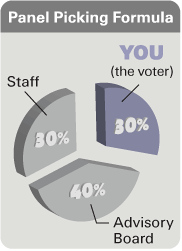I wanted to let everyone know that as of today, I am joining Olliance Group as Senior Executive and Practice Manager of a new Online Community Practice. This practice will focus on helping companies realize business value from building and nourishing new communities, engaging with existing communities, and utilizing social media in comprehensive community strategies. This is essentially what I am doing now, but joining up with Olliance has some distinct advantages for me:
- assistance with sales and business development
- the ability to work on more large projects as part of the Olliance Group team
- a focus on open source and technology clients
- the challenge of growing their new online community practice.
Olliance Group is the leading open source business and strategy consulting firm, and they have been consulting with Fortune 500 enterprise clients for the past eight years with a focus on technology companies. I know several of the people at Olliance Group and have worked with them in the past, so I am excited to have the opportunity to work as part of their team. You can read more about our plans and more about the Olliance Group in the press release.
To avoid disruption to existing client engagements, I am going to continue working with existing clients under Fast Wonder LLC, so existing clients should not notice any changes in the work that we are doing together. I am very excited about this opportunity to join forces with a great team and am looking forward to working with some new and interesting clients.
Don’t worry, I’m not going anywhere. I’ll still be living and working from lovely Portland, OR and will continue to blog here on Fast Wonder. Please feel free to leave comments or contact me with any questions about this announcement.


